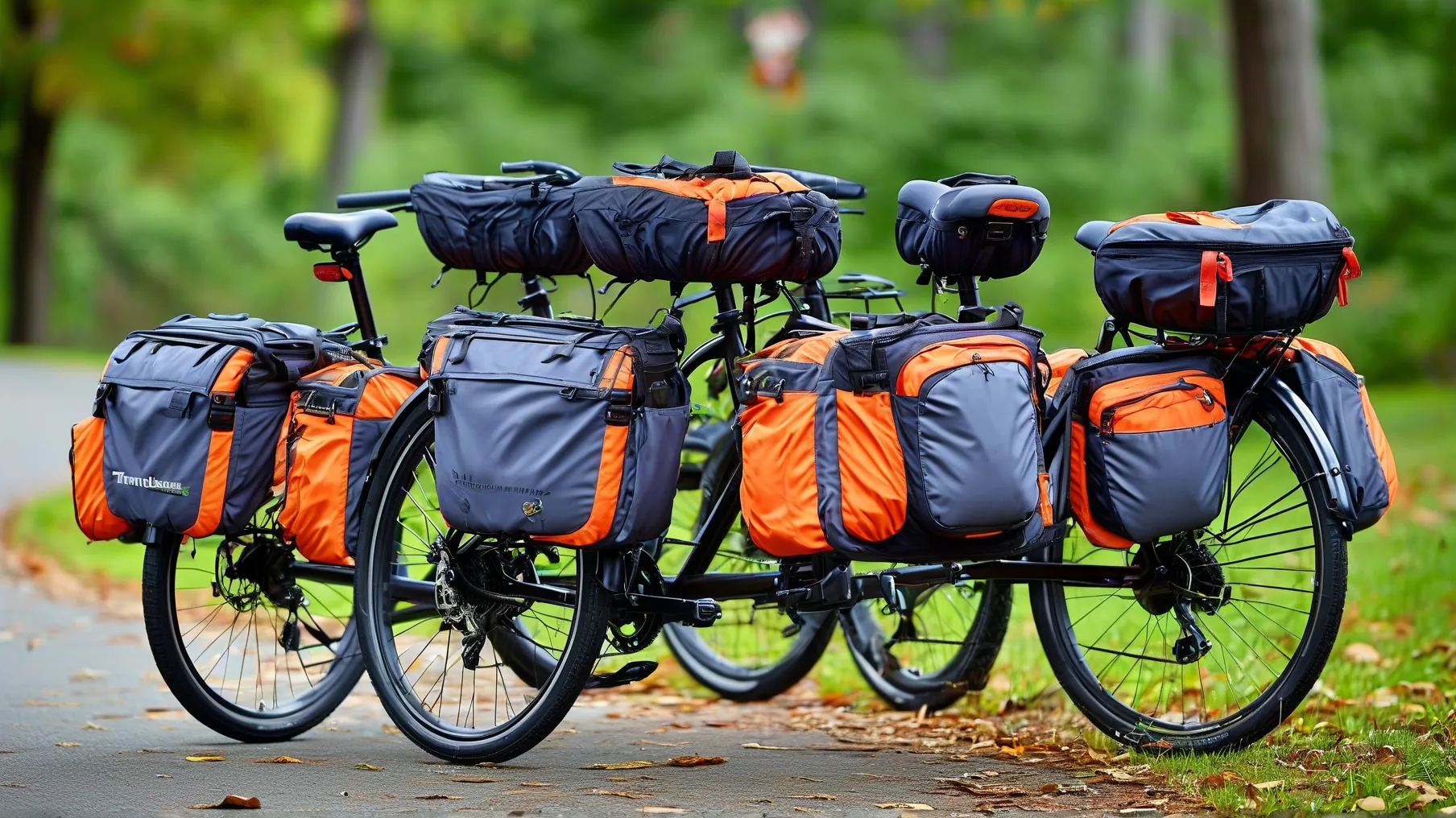Choosing the right bike rack for a tandem bicycle isn’t as straightforward as picking one for a standard bike. Tandems are heavier (averaging 35-50 pounds), longer (up to 96 inches), and require specialized support to ensure secure transport. A poorly chosen rack risks damage to your bike, vehicle, or other drivers—making it critical to prioritize durability, weight capacity, and smart security features from the start.
Weight Capacity & Frame Construction: Build Quality Matters
Start by verifying the rack’s maximum weight rating. Reputable carriers like Thule Helium Pro XT or Saris SuperClamp EX explicitly list tandem compatibility, with load limits of 60-80 pounds—essential for heavier electric or steel-framed tandems. Look for racks tested to ASTM International safety standards (e.g., ASTM F2641) for vibration and stress resistance. Materials matter:
– Aluminum racks (e.g., Kuat NV Base 2.0) resist corrosion but may lack rigidity for extreme loads.
– Steel frames (like Hollywood Racks Destination T2) offer brute strength but require rust-resistant coatings.
Industry data from Consumer Reports shows that racks failing under stress often use undersized mounting hardware or thin-gauge metals—red flags to avoid.
Hitch vs. Trunk Mount: What Fits Your Vehicle?
Most tandem riders opt for hitch-mounted racks due to superior stability, especially Class III hitch receivers (2-inch openings) that handle wobble-prone loads better than 1.25-inch hitches. Models like the Yakima HoldUp Evo include anti-sway cradles and tilt mechanisms for trunk access without unloading bikes.
Trunk-mounted racks (not recommended for tandems) often lack the structural reinforcement needed, risking paint damage or sudden detachment at highway speeds. If you must use one, confirm its weight capacity exceeds your bike’s total weight including accessories (panniers, lights).
Security Features Beyond Basic Locks
Thieves target high-value bikes first—secure your tandem with hardened steel locks integrated into the rack itself. The 1UP USA Quik Rack Steel includes dual locking pins that immobilize bikes while docked and require specialty tools to remove. For added protection:
– Pair with a Kryptonite New York Fahgettaboudit Chain Lock (18mm thickness, Sold Secure Diamond rating).
– Use tamper-proof hitch pins (e.g., Curt Manufacturing 24104) with unique keys instead of universal clips.
Compatibility Checks Before Buying
Measure your tandem’s dimensions: wheelbase length, tire width (critical for fat-tire tandems), and frame geometry (step-through vs diamond). Test-fit racks whenever possible: platforms should accommodate wide tires without forcing pressure points on rims or spokes. Avoid adapters or extensions—they introduce instability points during sudden stops.
Maintenance Tips for Long-Term Reliability
Even rugged racks degrade over time:
1) Rinse salt/grime off after coastal trips using a garden hose (high-pressure washers can breach seals).
2) Lubricate pivot points and locking mechanisms annually with marine-grade grease (e.g., Lucas Oil Red-N-Tacky).
3) Inspect straps or ratchets monthly; UV exposure weakens polyester fibers over 2-3 years.
Whether you’re hauling a custom Co-Motion touring tandem or a budget-friendly Schwinn Twinn, investing in a purpose-built carrier prevents roadside headaches and protects your gear year-round. Trust brands with verified crash-test results—not marketing claims—and prioritize user-replaceable parts to extend your rack’s lifespan across multiple adventures.
“`
